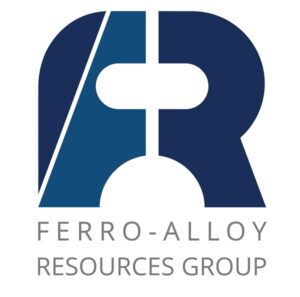ABS has issued a new technology qualification (NTQ) for a vanadium redox flow battery, moving ahead one of the first commercial applications of the little-known technology for maritime use.
Vanadium redox flow batteries store electrical energy in pairs of large tanks containing a liquid vanadium electrolyte. They are bulkier than lithium-ion batteries, but they have possible advantages for maritime applications. They are inherently non-flammable, unlike lithium-ion battery banks, which require electronic battery management systems and cooling systems to reduce the risk of fire. Flow batteries also scale up or down by the size of their electrolyte tanks, so the ship’s range could be increased with relative simplicity by adding tank capacity.
Ferro-Alloy Resources Ltd (LON:FAR) is developing the giant Balasausqandiq vanadium deposit in Kyzylordinskaya oblast of southern Kazakhstan. The ore at this deposit is unlike that of nearly all other primary vanadium deposits and is capable of being treated by a much lower cost process.


